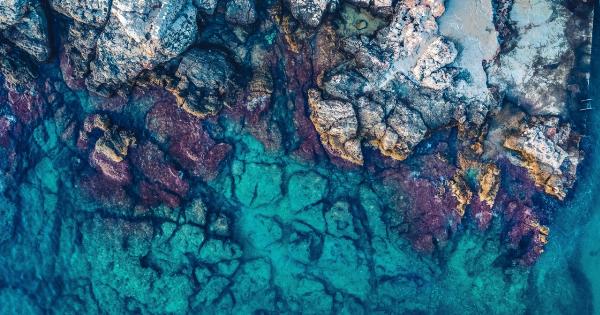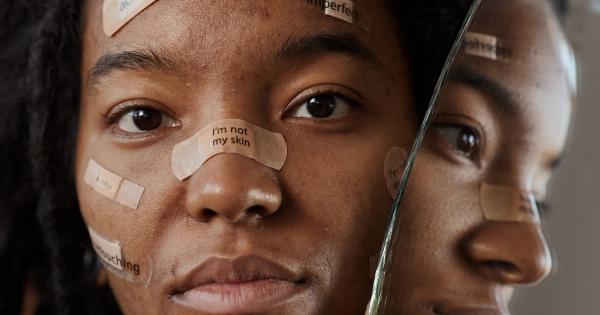Breakouts, or acne, can be a frustrating and confidence-damaging skin issue that affects people of all ages.
While there are various factors that contribute to breakouts, including genetics, hormones, and skincare routine, diet plays a significant role as well. Many studies suggest that certain foods can trigger or worsen acne, leading to more frequent and severe breakouts. In this article, we will explore the ten worst foods for breakouts and why you should avoid them to maintain clear and healthy skin.
Sugar-laden Foods
Sugar and foods high in refined carbohydrates, such as white bread, pastries, and sugary drinks, have long been associated with acne outbreaks. These foods have a high glycemic index, meaning they rapidly increase blood sugar levels.
This spike in blood sugar triggers the release of insulin, which in turn stimulates the production of androgens, a type of hormone known to contribute to acne. Additionally, high sugar consumption also promotes inflammation in the body, further exacerbating acne symptoms.
Dairy Products
While dairy products are a popular source of essential nutrients like calcium and protein, they have been shown to promote acne in some individuals.
Milk, cheese, and other dairy products contain hormones, such as insulin-like growth factor 1 (IGF-1), which can stimulate sebum production and clog pores. Moreover, dairy products can lead to increased insulin levels, resulting in hormonal imbalances that contribute to breakouts. If you notice that your skin reacts negatively to dairy, consider reducing your intake or switching to non-dairy alternatives.
Fast Food
It’s no secret that fast food is generally unhealthy, but it can also be a major culprit behind acne breakouts. Fast food often contains high levels of saturated and trans fats, which promote inflammation and increase sebum production.
Greasy fast food items like french fries, burgers, and fried chicken can also clog pores, leading to blackheads and pimples. Opt for healthier options like homemade meals or meals prepared with fresh ingredients to keep breakouts at bay.
Processed Foods
Processed foods, such as packaged snacks, frozen meals, and ready-to-eat foods, are often packed with additives, preservatives, and artificial ingredients.
These additives can disrupt your body’s natural hormonal balance and trigger inflammation, which can worsen existing breakouts or cause new ones to appear. Additionally, processed foods are typically high in refined carbohydrates and unhealthy fats, both of which are linked to increased acne severity. Opt for whole, unprocessed foods to support clear skin and overall well-being.
Highly Spiced Foods
If you enjoy adding a kick to your meals, you might want to reconsider if you suffer from acne-prone skin. Highly spiced foods, such as dishes loaded with hot spices, can cause inflammation and irritation in the digestive system.
This irritation may lead to an increase in sebum production and trigger breakouts. While everyone’s tolerance to spices may differ, it’s worth experimenting with your diet to determine if spicy foods worsen your acne symptoms.
Chocolate
Chocolate has long been accused of causing breakouts, and though the evidence is not conclusive, it is still worth considering.
Chocolate, particularly milk chocolate, has a high glycemic index, which can lead to an insulin spike and subsequent acne flare-ups. Additionally, chocolate contains compounds like sugar and dairy, both of which are known to contribute to acne development.
While the impact of chocolate on acne may vary from person to person, it’s worth keeping an eye on your consumption and observing any correlations with breakouts.
Shellfish
Shellfish, such as shrimp, lobster, and crab, is known to be rich in iodine. While iodine is necessary for proper thyroid function, excessive amounts can aggravate acne-prone skin.
Excess iodine can disrupt hormones and stimulate sebum production, leading to clogged pores and breakouts. If you struggle with breakouts, especially after consuming shellfish, try reducing your intake and see if your skin improves.
Highly Processed Vegetable Oils
Vegetable oils like sunflower, corn, and soybean oil are commonly used in processed foods and high-heat cooking methods. These oils are high in omega-6 fatty acids but lack the balancing effects of omega-3 fatty acids.
The imbalance of these essential fatty acids can promote inflammation in the body, leading to acne breakouts. Try opting for healthier alternatives like olive oil or coconut oil when cooking and read food labels carefully to avoid highly processed vegetable oils.
Caffeine
You might depend on your morning coffee or tea to kickstart your day, but excessive caffeine intake can wreak havoc on your skin. Caffeinated beverages stimulate the adrenal glands, triggering the release of stress hormones like cortisol.
Elevated cortisol levels can promote inflammation, disrupt hormone balance, and contribute to acne development. While moderate caffeine consumption is generally fine for most people, consider reducing your intake if you experience frequent breakouts.
Alcohol
Alcohol consumption can have various negative effects on the body, and breakouts are one of them. Alcohol is a diuretic, meaning it dehydrates the body.
Dehydration can lead to dry skin, causing the body to produce more sebum to compensate for the lack of moisture. This excess sebum can clog pores and result in breakouts. Alcohol also increases inflammation in the body, making existing breakouts more red and swollen.
If you struggle with acne, consider reducing or eliminating alcohol from your diet and opt for hydrating alternatives like water or herbal tea.


























